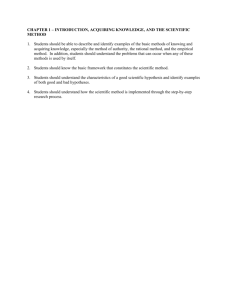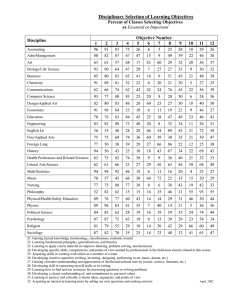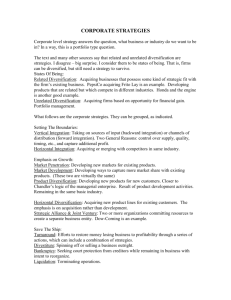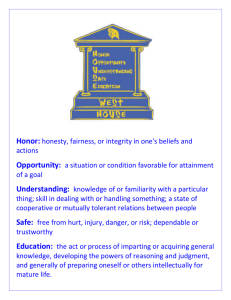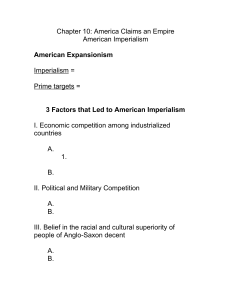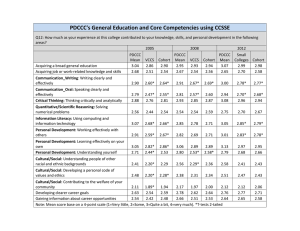IRAP Brief Do Students Learn What Faculty Teach? May
advertisement
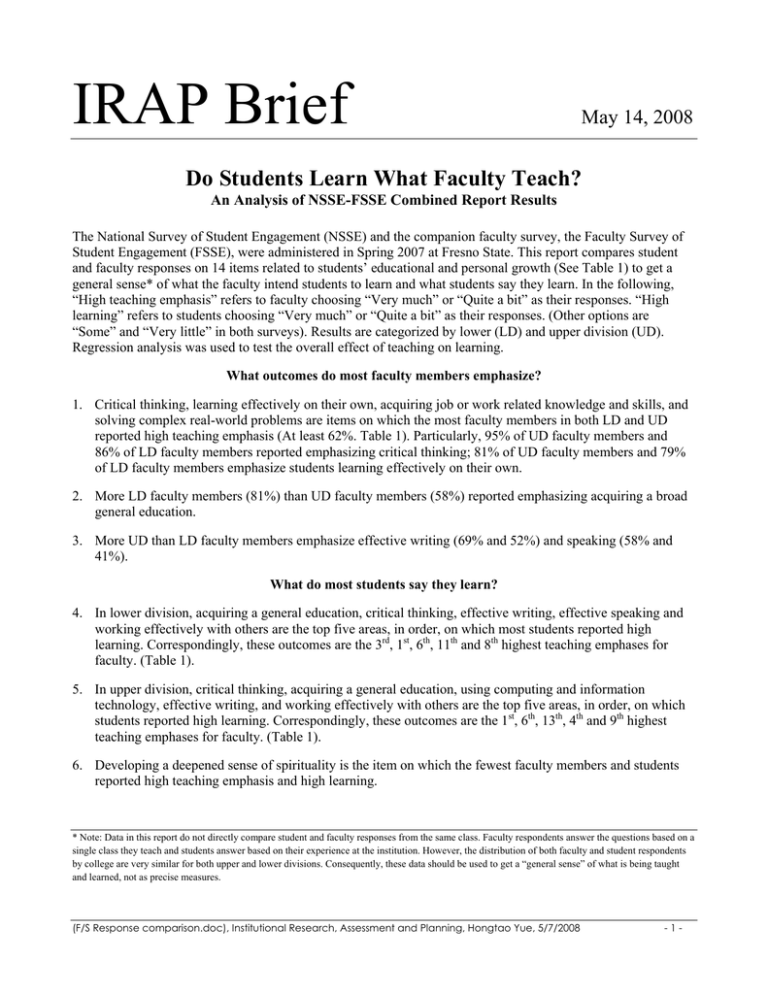
IRAP Brief May 14, 2008 Do Students Learn What Faculty Teach? An Analysis of NSSE-FSSE Combined Report Results The National Survey of Student Engagement (NSSE) and the companion faculty survey, the Faculty Survey of Student Engagement (FSSE), were administered in Spring 2007 at Fresno State. This report compares student and faculty responses on 14 items related to students’ educational and personal growth (See Table 1) to get a general sense* of what the faculty intend students to learn and what students say they learn. In the following, “High teaching emphasis” refers to faculty choosing “Very much” or “Quite a bit” as their responses. “High learning” refers to students choosing “Very much” or “Quite a bit” as their responses. (Other options are “Some” and “Very little” in both surveys). Results are categorized by lower (LD) and upper division (UD). Regression analysis was used to test the overall effect of teaching on learning. What outcomes do most faculty members emphasize? 1. Critical thinking, learning effectively on their own, acquiring job or work related knowledge and skills, and solving complex real-world problems are items on which the most faculty members in both LD and UD reported high teaching emphasis (At least 62%. Table 1). Particularly, 95% of UD faculty members and 86% of LD faculty members reported emphasizing critical thinking; 81% of UD faculty members and 79% of LD faculty members emphasize students learning effectively on their own. 2. More LD faculty members (81%) than UD faculty members (58%) reported emphasizing acquiring a broad general education. 3. More UD than LD faculty members emphasize effective writing (69% and 52%) and speaking (58% and 41%). What do most students say they learn? 4. In lower division, acquiring a general education, critical thinking, effective writing, effective speaking and working effectively with others are the top five areas, in order, on which most students reported high learning. Correspondingly, these outcomes are the 3rd, 1st, 6th, 11th and 8th highest teaching emphases for faculty. (Table 1). 5. In upper division, critical thinking, acquiring a general education, using computing and information technology, effective writing, and working effectively with others are the top five areas, in order, on which students reported high learning. Correspondingly, these outcomes are the 1st, 6th, 13th, 4th and 9th highest teaching emphases for faculty. (Table 1). 6. Developing a deepened sense of spirituality is the item on which the fewest faculty members and students reported high teaching emphasis and high learning. * Note: Data in this report do not directly compare student and faculty responses from the same class. Faculty respondents answer the questions based on a single class they teach and students answer based on their experience at the institution. However, the distribution of both faculty and student respondents by college are very similar for both upper and lower divisions. Consequently, these data should be used to get a “general sense” of what is being taught and learned, not as precise measures. (F/S Response comparison.doc), Institutional Research, Assessment and Planning, Hongtao Yue, 5/7/2008 -1- Do students learn what faculty members teach? 7. Faculty teaching positively affects student learning. This is true in both lower and upper division. More growth occurs in the educational outcomes than in personal development. So, do students learn what faculty members teach? In general, they do. Table 1: Response comparison between faculty and students* Survey item Faculty response %** Rank Student response %** Rank Response gap *** Personal growth Educational growth Personal growth Educational growth Lower division Acquiring a broad general education 69% 3 81% 1 12% Acquiring job or work-related knowledge and skills 64% 4 52% 13 -12% Writing clearly and effectively 58% 6 73% 3 15% Speaking clearly and effectively 41% 11 72% 4 31% Thinking critically and analytically 86% 1 79% 2 -7% Analyzing quantitative problems 37% 13 67% 6 30% Using computing and information technology 41% 11 66% 8 25% Working effectively with others 54% 8 71% 5 17% Learning effectively on their own 79% 2 66% 7 -13% Understanding themselves 58% 6 61% 9 3% Understanding people of other racial and ethnic 47% 9 58% 10 11% backgrounds Solving complex real-world problems 62% 5 52% 12 -10% Developing a personal code of values and ethics 47% 9 55% 11 8% Developing a deepened sense of spirituality 15% 14 32% 14 17% Upper division Acquiring a broad general education 58% 6 82% 2 24% Acquiring job or work-related knowledge and skills 70% 3 71% 6 1% Writing clearly and effectively 69% 4 73% 4 4% Speaking clearly and effectively 52% 8 68% 9 16% Thinking critically and analytically 95% 1 83% 1 -12% Analyzing quantitative problems 46% 12 70% 7 24% Using computing and information technology 38% 13 77% 3 39% Working effectively with others 51% 9 72% 5 21% Learning effectively on their own 81% 2 68% 8 -13% Understanding themselves 51% 9 55% 11 4% Understanding people of other racial and ethnic 48% 11 57% 10 9% backgrounds Solving complex real-world problems 67% 5 54% 12 -13% Developing a personal code of values and ethics 55% 7 54% 13 -1% Developing a deepened sense of spirituality 12% 14 19% 14 7% Notes: *Student data in this report may differ slightly from the data in the report entitled "What Do Fresno State Students Learn?" due to rounding and NSSE's method of weighting the data. **Faculty percentage refers to the percentage of faculty who structured their courses quite a bit or very much so that students learn and develop. Student percentage refers to students who answered quite a bit or very much as their responses to the extent that their college experience contributed to their knowledge, skills, and personal development in the survey items. *** Refers to the difference in % between student responses and faculty responses. Negative gaps indicate faculty members emphasize areas more than students say they learned. (F/S Response comparison.doc), Institutional Research, Assessment and Planning, Hongtao Yue, 5/7/2008 -2-
